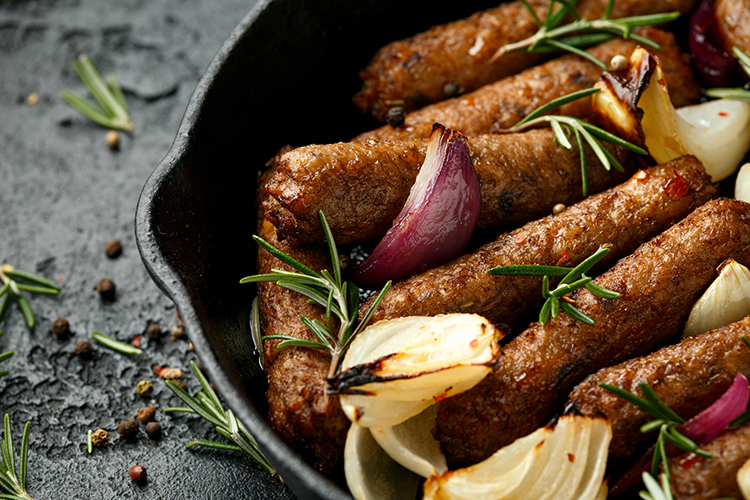Just as plants need the right conditions to thrive — like soil, sunlight, water and nourishment — food products need ingredients that support and enhance texture, freshness and taste. Plant extracts fit the bill nicely. They deliver differentiated sensory attributes to provide optimal freshness and shelf life in a variety of applications. And since they’re easily recognizable by many consumers, those paying attention to labels will appreciate their use.
Rely on rosemary
Rosemary extract is an example of a natural antioxidant that keeps up with demands on many fronts. Functionally, rosemary prevents oxidation and color fading. By delaying the onset of oxidation, rosemary extract preserves a product’s freshness, color and taste, thereby extending shelf life by protecting the all-important sensory appeal to consumers. It works with meat and poultry blends or protein alternatives made with vegetables, fruits, legumes and other plant varieties.
Unlike traditional rosemary extracts, Corbion’s Verdad® Powder RO2 delivers efficacy with lower off-flavor impact allowing manufactures to extend freshness with reduced sensory limitations.
A cherry of a product
Acerola, commonly derived from the acerola cherry, is another good choice for incorporating plant extracts into traditionally cured meat applications. High in ascorbic acid (vitamin C), Corbion’s Verdad® Powder AC34 is an acerola cherry extract and potent antioxidant that can be used as an effective, natural cure accelerator in processed meats.
Not all extracts are created equal
And that can be to your advantage. Ingredient concentration, authenticity, as well as responsible sourcing standards and practices are key. Closely examining the differences among what might at first seem to be equivalent solutions can reveal opportunities to realize cost, quality and efficiency gains, and provide advantage in a highly competitive industry.
Read more about plant extracts and their properties in Plant Extracts and Natural Preservation.


